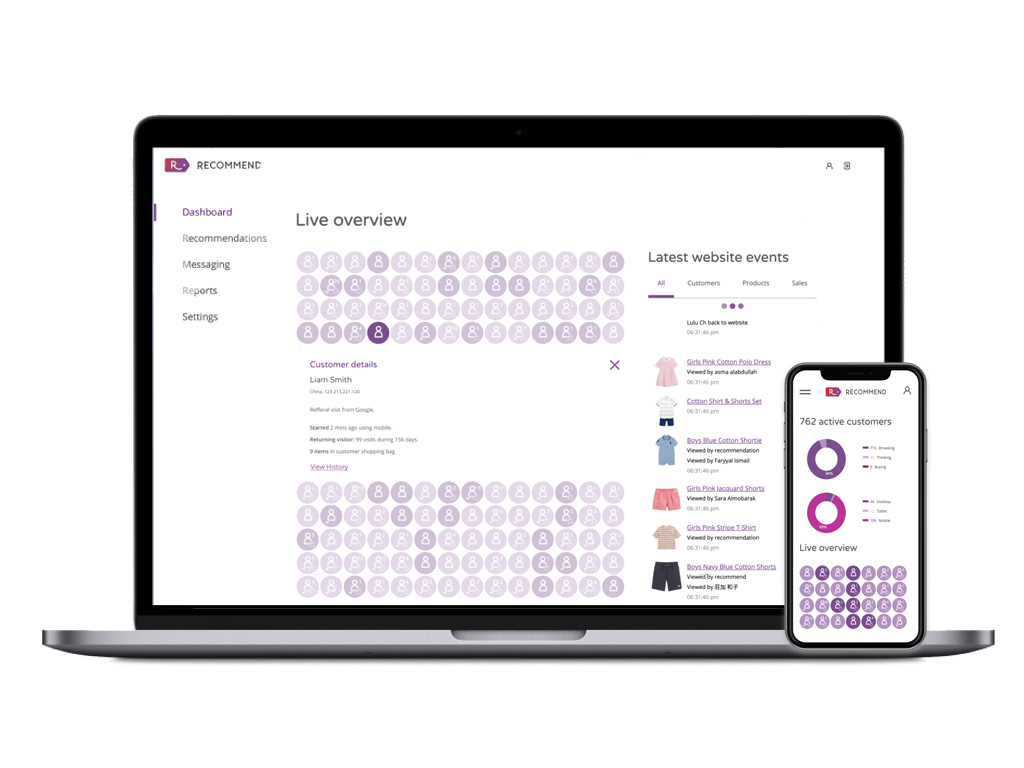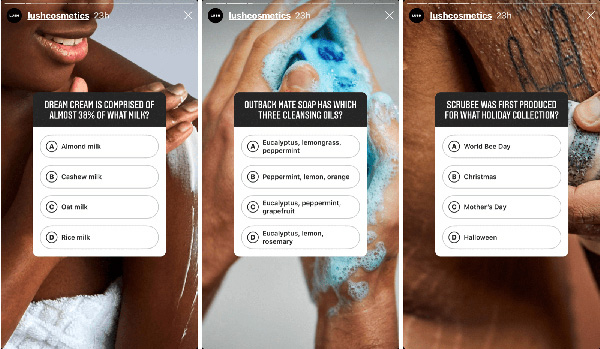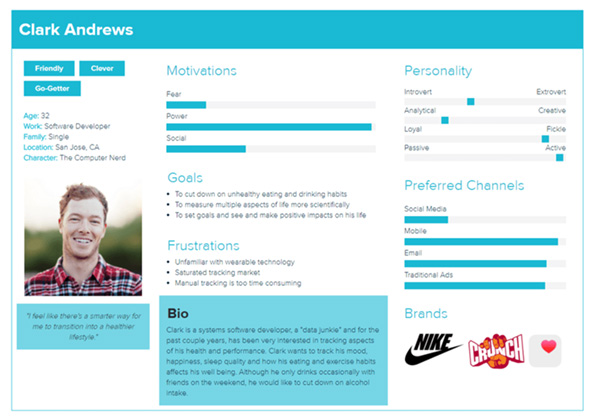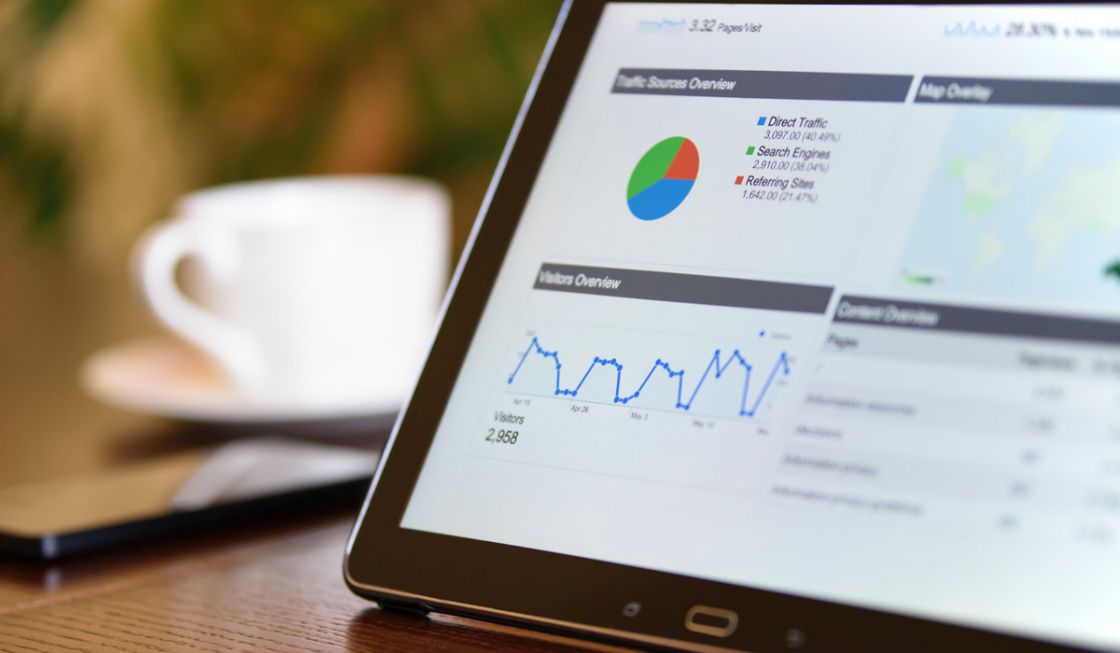Creating the right Buyer Persona for the digital age

Developing a strong buyer persona is one of the critical aspects of running a successful retail business. As a marketer, do you fully understand the audience you are targeting with your product? When stripping it back to the basics, brands need to be reminded to increase sales. So, you need to offer your customers a product that they want, need and can benefit from. Ticking all these boxes comes down to one main thing, creating a far-reaching buyer persona.
But, what is a Buyer Persona exactly?
When looking at an exact meaning of a buyer persona, Jumper.ai defines it as an “in-depth blueprint of your ideal customer. This blueprint gives you all the necessary details you need to make every bit of marketing, advertising and customer experience perfectly suited to them“.
According to Forbes, one of the biggest mistakes companies make when creating a buyer persona for their brand involves focusing too much on demographics rather than situational factors like psychographics, the buyer journey and triggering events. Demographics are essential also, of course, but when looking at the purchase journey of the new digital age consumer, their journeys are always changing.
One of the main reasons why effective buyer personas are essential is because they allow brands to maximise the return on investment (ROI) on their sales and marketing activities, and 24% of companies report gaining more leads as a result of creating useful buyer personas.
Creating your Buyer Persona: Step by Step
According to Shopify, it takes an average of six to eight weeks to develop a buyer persona that will drive sales and revenue. We have identified some crucial points to make a note of when constructing your buyer persona blueprint.
Identifying your customer segments or groups of buyers
To start this step off, marketers need to analyse past purchase data in an attempt to identify the different types of buyer groups. Always start with your current customer base as you already have their necessary information, like email, age, shipping address, etc.
By identifying groups of buyers, you can understand who your end customer is. According to Pure360, there are many different types of customer groups like the browsers, new subscribers, hesitant buyers, first-time buyers, repeat purchasers, impulse buyers, discount chasers and many more.
However, this is not an exhaustive list. As a marketer, you may be able to identify many different types of customers’ segments. Recognising a broad group of consumers might be difficult. Here is when a personalisation platform like Recommend comes in handy. With access to real-time statistics and customer insights, you can quickly analyse and predict your visitor’s behaviour and segment them into groups. Using a personalisation platform like Recommend is one of the first steps your brand can take to understanding your digital age customer.

Essential information that you need
After you have successfully identified your customers, it is now vital to collect information for each group that you require to create the personas. According to Responsive Inbound Marketing, there are 13 key questions marketers need to answer to define each buyer persona.
- Location – Where do people from this persona live?
- Excluding location – Where do people from this persona not live?
- Age – What is the age range of this persona?
- Gender – Male or female?
- Interests – What interests does this persona have?
- Education level – What is the education level of this persona?
- Job title – What field of work do your customers work in and what types of job titles do they carry?
- Income level – What is the income range of this persona?
- Relationship status – Are they single and living on their own, married, divorced?
- Language – What languages do people in this persona speak?
- Favourite websites – Which websites do people in this persona visit?
- Buying motivation – What are this persona’s reasons for buying your product?
- Buying concerns – What are this persona’s concerns when buying your product?
Again, these are not a defined list of questions. There might be some additional questions specifically for your brand or your interests. Brands need to be reminded that the typical buyer persona is always changing, especially for an e-commerce business. Each persona is unique, and every consumer moves through different stages throughout their buyer’s journey.
Combining all the information
Now that you have all the necessary information, it is time to start drafting buyer personas for each buyer group. The backbone of these profiles is a combination of demographics, interests and motivations. To get a more in-depth knowledge of these personas is by conducting interviews, either through phone, email or your website. One of the best ways to encourage consumers to participate is to incentivise them. Give them product discounts, gift card or promo codes, etc.
Your social media platforms are another excellent source of information where you can interact with your customers. For example, Instagram Stories has recently launched a new quizzes feature which allows brands to ask their users questions in a more personalised manner. This could be a great way to conduct a personal interview using social media and utilising all the data.

Your Buyer Personas are coming to life
During these final steps, marketers can now start to compile all the information gathered to start developing a comprehensive buyer persona. When creating a persona for your brand, it is best to create a detailed profile with a picture and a heading identifying the main traits of the buyer, for example, like the sample seen on Oberlo.

Continue to adapt
Once you have created buyer personas for your brand, marketers need to remember that the work doesn’t stop here. Your customer’s response to your product and brand will continue to change. As a result, buyer personas will need to evolve. With the help of personalisation platforms like Recommend, this task should be a lot easier – understanding your audience and having access to smart customer insights is paramount to creating useful buyer personas fit for the digital age.
–––––––––––––
About the author
Aleksandra Michniewicz specialises in copywriting and content creation for companies in a variety of industries like tech, lifestyle, fashion and finance. She manages her own Digital Marketing start-up company Otisable. Find her on LinkedIn.


